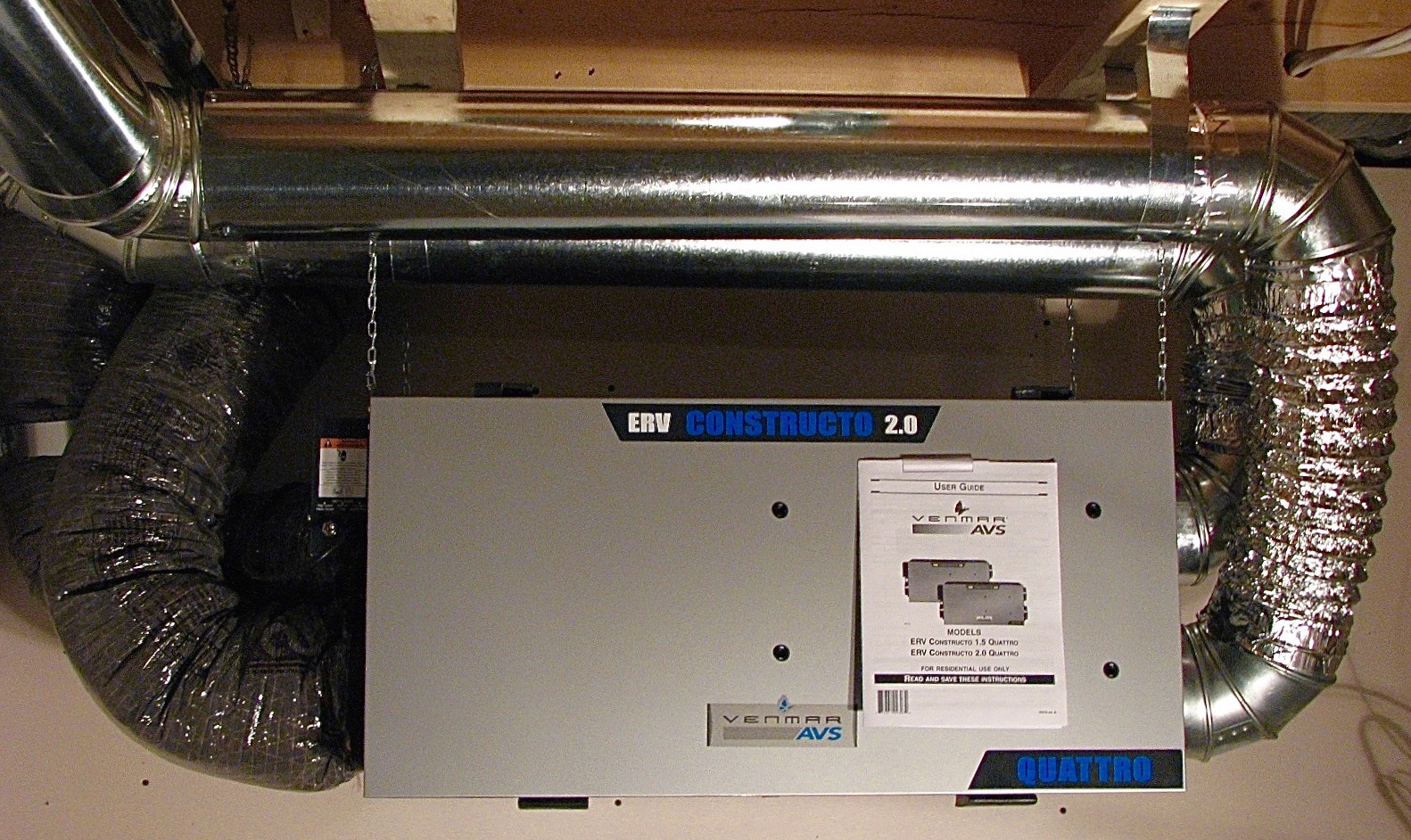The All-Inclusive Overview to the Uses of Heat Recovery Ventilation in Modern Structures
Heat Recovery Ventilation (HRV) systems stand for a substantial innovation in developing technology (HRV Heat Recovery Ventilation). They give a technique for exchanging stagnant interior air with fresh outdoor air while decreasing energy loss. This strategy not only boosts indoor air high quality yet likewise adds to power performance in both domestic and business buildings. Comprehending the various applications and benefits of HRV can disclose its crucial duty in modern style and sustainability efforts. The effects of this innovation deserve exploring additionally
Comprehending Heat Recovery Ventilation Equipments

Numerous contemporary structures focus on power efficiency, understanding heat healing ventilation (HRV) systems is crucial for maximizing interior air top quality and lowering power intake. HRV systems function by moving warmth from stale indoor air to inbound fresh air, effectively maintaining comfortable indoor temperature levels while minimizing energy loss. These systems contain a warm exchanger, fans, and ductwork that assist in the circulation of air. During wintertime, HRV devices record and recycle warmth from the outbound air, while in summertime, they can assist cool incoming air. By continually trading air, HRV systems additionally minimize humidity and the concentration of interior contaminants. Correct setup and maintenance of HRV systems are vital for their effectiveness and effectiveness in boosting total building performance and comfort.
Advantages of Heat Recovery Ventilation
Heat recovery ventilation systems offer various advantages that enhance both energy performance and indoor air high quality in contemporary buildings. By capturing and reusing energy from exhaust air, these systems considerably minimize heating and cooling prices, causing lower power usage. They keep a constant flow of fresh exterior air, lessening the danger of interior air toxins and irritants. This constant exchange helps manage moisture degrees, avoiding mold and mildew development and making sure a much healthier living environment. In addition, HRV systems add to sustainability objectives by lowering total carbon impacts. Their ability to optimize air flow without compromising thermal comfort makes them an important enhancement to modern structure style, promoting both economic and eco-friendly advantages.
Applications of HRV in Residential Structures
As property owners progressively focus on energy effectiveness and interior air high quality, the applications of heat recovery air flow (HRV) systems in residential structures have come to be more common. HRV systems are specifically beneficial in securely sealed homes, where maintaining fresh air blood circulation is important for preventing dampness build-up and interior toxins. They effectively move warmth from outgoing stale air to incoming fresh air, reducing power costs connected with cooling and heating. Additionally, HRVs can improve convenience levels by controling moisture and temperature level. They are likewise adaptable for different property styles, including single-family homes and this hyperlink multi-unit buildings. Generally, incorporating HRV systems supports sustainable living techniques while guaranteeing a healthier indoor atmosphere for passengers.
HRV in Industrial and Commercial Setups
In commercial and commercial setups, the execution of warm healing air flow (HRV) systems has come to be significantly essential for optimizing power effectiveness and preserving air top quality. These systems efficiently transfer warmth from exhaust air to incoming fresh air, minimizing the demand for extra heating or air conditioning. This not only decreases energy prices but likewise adds to sustainability efforts. Industries such as production, warehousing, and workplace structures benefit considerably from HRV systems, as they assist manage temperature level and moisture degrees, making sure a comfortable and effective setting. Moreover, HRV systems help in eliminating contaminants and excess moisture, boosting interior air top quality. As regulations around air top quality come to be more stringent, the fostering of HRV technology is most likely to expand, making it a critical part of modern business and industrial facilities.
Future Fads in Heat Recovery Ventilation Modern Technology

Regularly Asked Questions
Just How Does Heat Recovery Ventilation Impact Indoor Air Top Quality?
Heat recovery ventilation significantly enhances indoor air top quality by continually trading stale indoor air with fresh outdoor air while recovering power. This procedure reduces toxins, preserves suitable humidity levels, and assures a healthier environment for owners.
Can HRV Equipments Be Set Up in Existing Structures?
HRV systems can undoubtedly be installed in existing structures. Retrofitting may require alterations to ductwork and ventilation formats, however it substantially boosts power efficiency and interior air quality, making it a viable choice for older structures.
What Upkeep Is Required for HRV Equipments?

Exist Specific Climates Where HRV Is More Effective?
Heat recovery ventilation systems are specifically reliable in environments with considerable temperature differences in between periods. site link These systems enhance energy performance by recouping heat from exhaust air, making them perfect for both cool and reasonably cozy atmospheres.
Just How Do HRV Equipments Affect Energy Costs?
